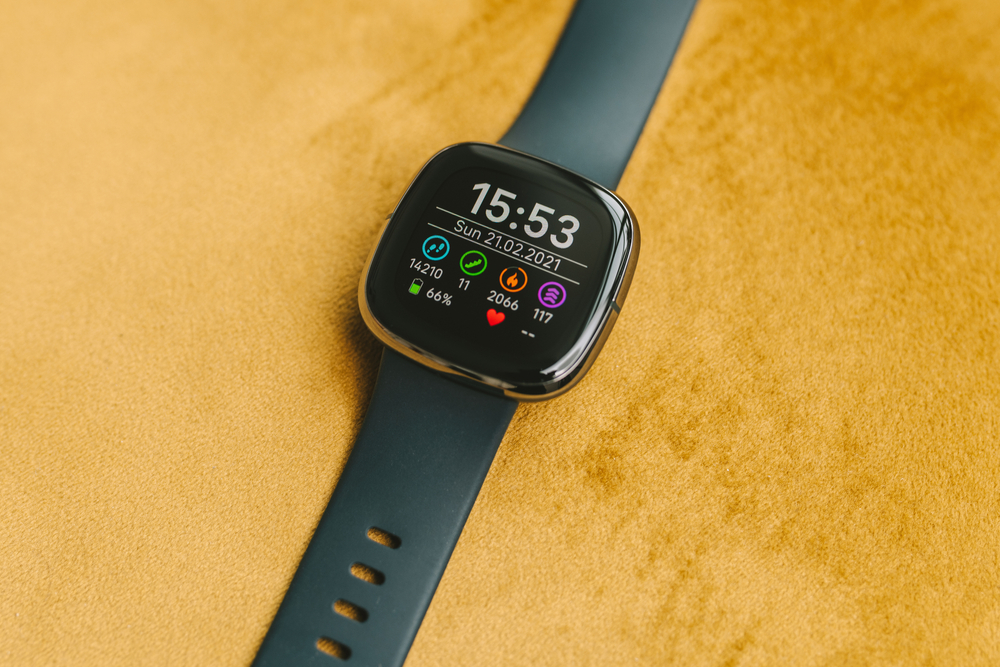Since its launch in 2014, the Google Fit API aimed to streamline health data integration from various sources, mirroring Apple’s Healthkit in iOS 8. However, by 2024, Google found itself managing three competing APIs: Health Connect, Fitbit, and Google Fit.

A Promising Start: Partnerships and Syncing
Initially, the Google Fit API facilitated seamless syncing of health data from third-party fitness devices to users’ Google accounts. Partnering with prominent brands like Nike, Adidas, and Withings, Google created a robust ecosystem for health tracking. However, recent developments have reshaped its trajectory.
Transition and Challenges Ahead
Following Google’s acquisition of Fitbit in 2021, the tech giant began integrating Fitbit’s features into its own products. Additionally, the introduction of Health Connect in 2022 marked a shift in Google’s approach to health data management. With Android 14 incorporating Health Connect as its official open-source platform, the landscape is evolving rapidly.
Navigating the Transition: Compatibility and Recommendations
Google acknowledges the transition challenges, emphasizing that Google Fit and Health Connect APIs are not interchangeable. While users and manufacturers migrate, Google advises developers to support both APIs. NIX Solutions notes that there’s no push for Fitbit API users to transition, hinting at Google’s strategy to localize data on devices.
Comparison with Apple Healthkit
In contrast, Apple’s Healthkit maintains stability and trust within its ecosystem. While Google embarks on a new phase, Apple continues to innovate, solidifying its position as a leader in health data integration.
As Google navigates the complexities of health data management, we’ll keep you updated on the implications for developers and users. Stay tuned for further developments in this evolving landscape.
